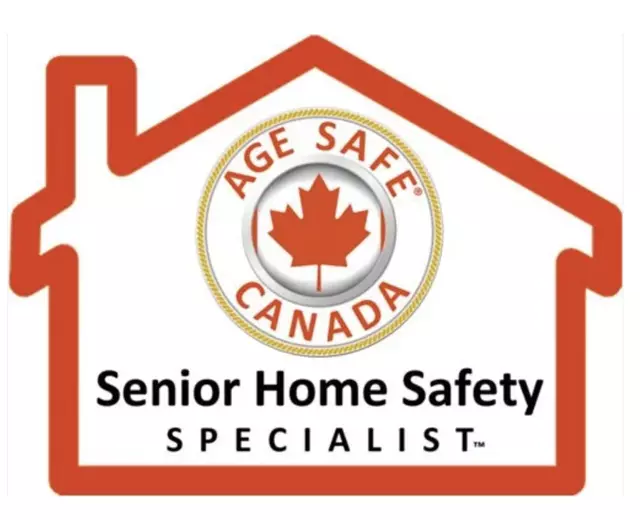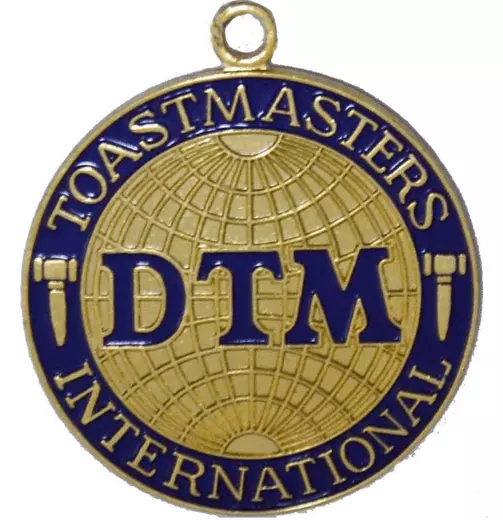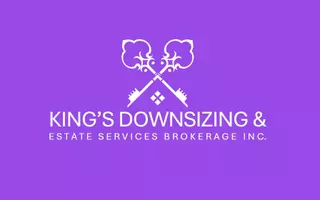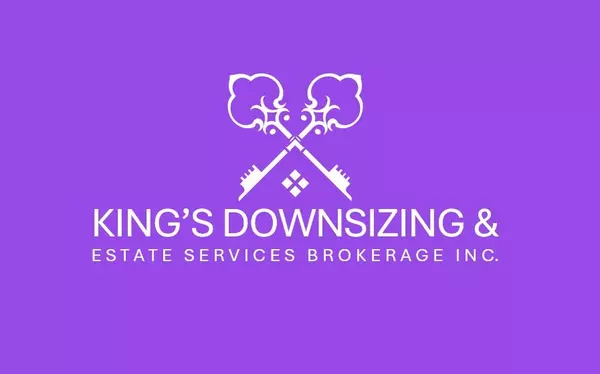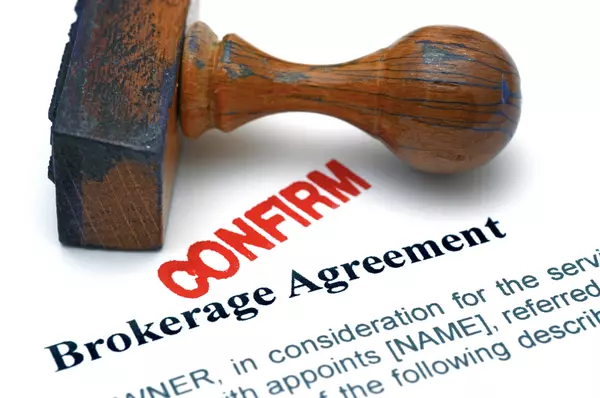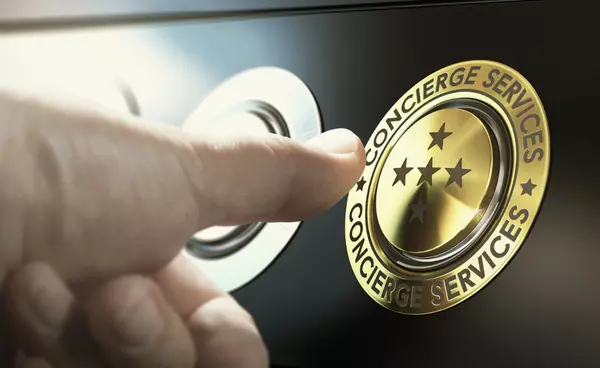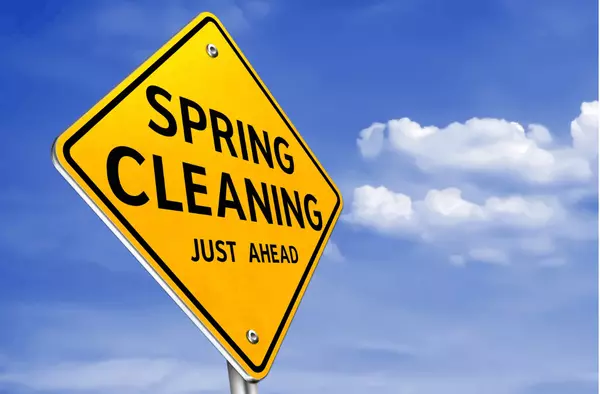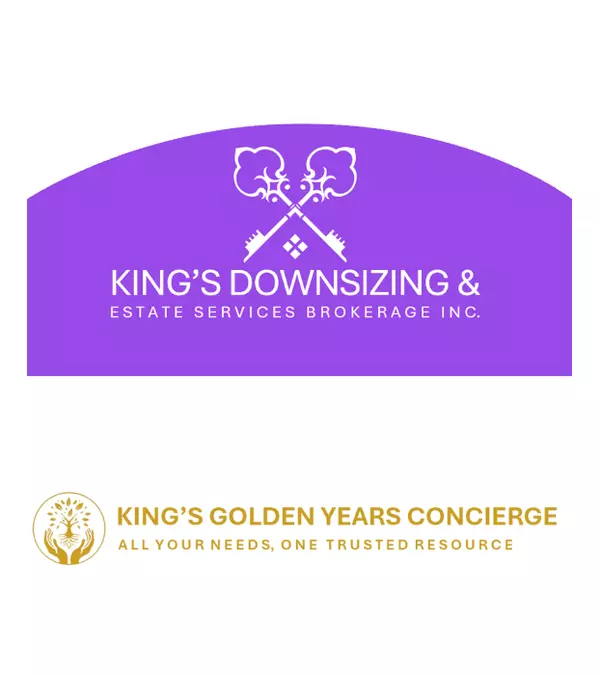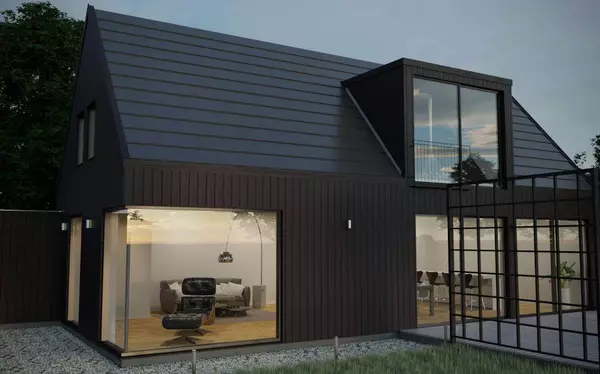
REAL ESTATE
SERVICES
Our expertise is rooted in understanding the unique LIVING and CARE NEEDS of older adults, backed by over a decade of experience and professional designations, ensuring you receive the utmost care and attention. We also help you select a new home or retirement residence that perfectly matches your needs.
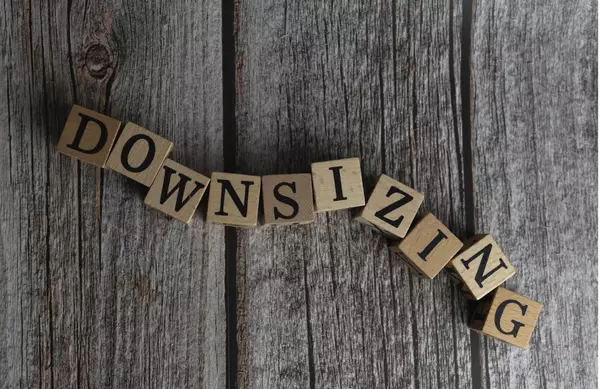
DOWNSIZING SERVICES
We provide one-stop, turnkey real estate solutions for families navigating the complexities of downsizing and estate settlement, using our proprietary C.R.A.F.T. method. With a compassionate approach, we focus on simplifying the process, ensuring a seamless transition while protecting your legacy.
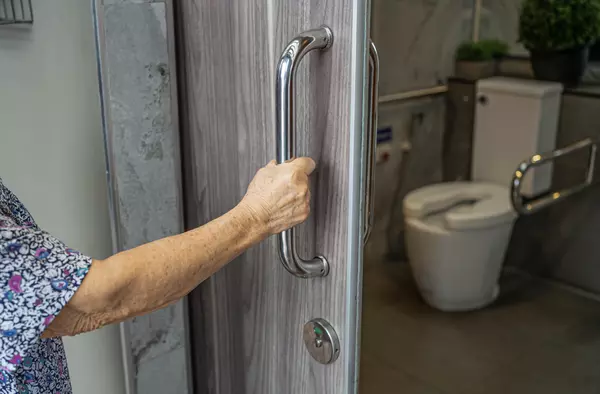
AGING IN PLACE SERVICES
If you're undecided about DOWNSIZING or on a WAITING LIST for the retirement residence of your choice, we provide tailored solutions—from home modifications to support resources—ensuring your living space is safe, accessible, and suited to your evolving needs.
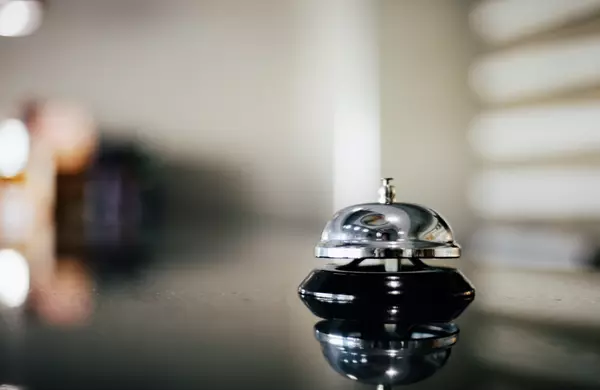
CONCIERGE
SERVICES
At King’s Downsizing & Estate Services, we understand the importance of providing comprehensive, compassionate support during life’s major transitions. That’s why we are proud to partner with King’s Golden Years Concierge Services, expanding our commitment to being your trusted, one-stop solution.
LET'S WORK TOGETHER
Contact me today to get started
on your downsizing or real estate settlement journey.
LICENSES & CERTIFICATIONS




